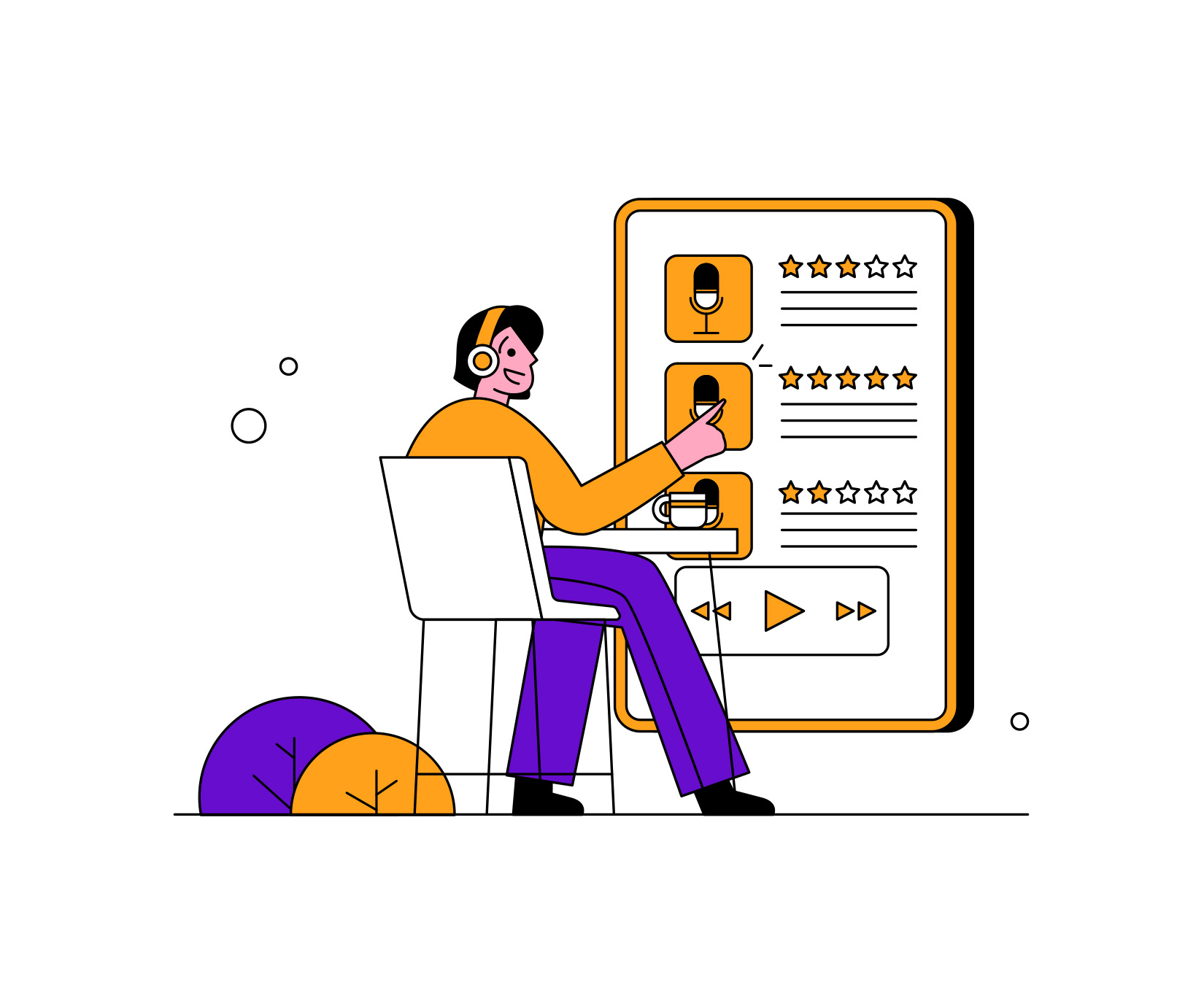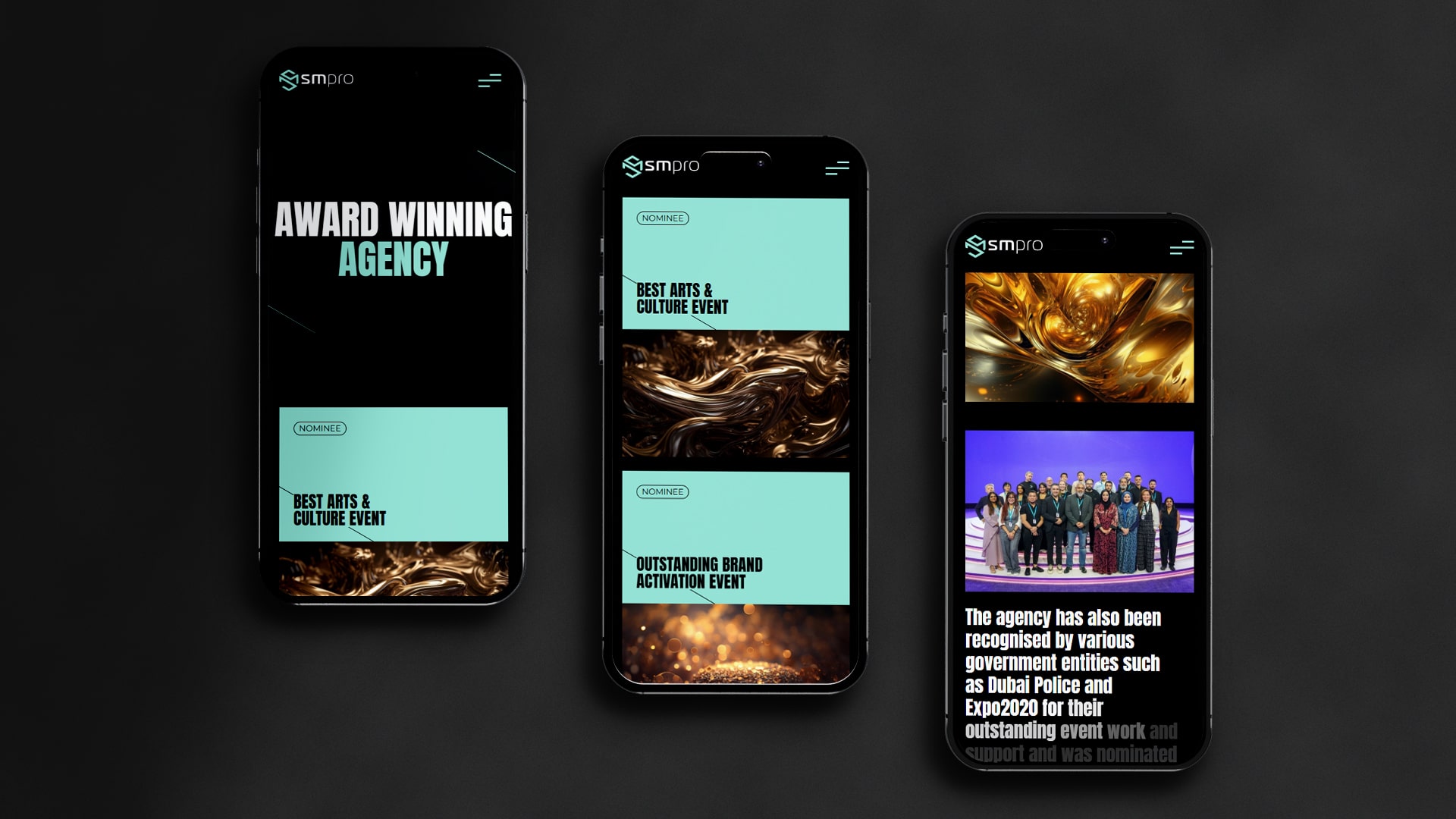If you have been uploading great videos but your views and watch time feel stuck, it’s time to fall in love with playlists. Think of a playlist as your channel’s mini-series or curated “box set.” It keeps viewers watching, helps YouTube understand your content, and quietly powers rankings.
In short: YouTube playlist SEO is your low-effort, high-impact growth lever. Most creators obsess over thumbnails and titles (you should!), but playlist SEO for YouTube is the underrated engine that strings sessions together and builds momentum. When you do it right, your YouTube viewer retention climbs because people aren’t bouncing after one video.

Why YouTube playlists matter
YouTube wants viewers to watch more, for longer. Playlists do exactly that. When a viewer clicks into a well-crafted playlist, they get a guided path—no decision fatigue, no hunting through your uploads. That’s a win for YouTube viewer retention, which in turn signals to the algorithm that your stuff satisfies user intent. Good session metrics help rankings, and that’s where YouTube playlist SEO comes in: clear, search-friendly playlist titles and descriptions give YouTube semantic clues about what your collection covers.
Here’s the simple truth: playlist SEO for YouTube turns a random assortment of uploads into a themed library. That makes your channel easier to navigate for humans and machines, and it positions your brand as organised, credible, and binge-worthy.
Build playlists like a content architect
Start with topics, not uploads. Group videos by outcome or problem solved (tutorials, comparisons, “from zero to hero” learning paths). This is classic content grouping—you’re building a logical map so viewers (and the algorithm) can find the right content faster. If you already have a lot of videos, begin with your top three themes. Create one playlist per theme and order them from beginner to advanced. This sequencing alone can lift YouTube viewer retention because you’re guiding people step by step.
Now, name your playlists like headlines that are clear, benefit-led, and searchable. Aim for “Build a Personal Budget: Beginner to Pro (10-Part Series)” instead of “Money Stuff.” In the description, add 2–4 lines that set expectations, list key topics, and include a few natural keywords. That’s the foundation of YouTube playlist SEO: you are telling both viewers and YouTube exactly what this set delivers.
Optimise metadata the smart way
Treat each playlist as a landing page. For SEO video playlists, focus on four elements:
- Title: Straightforward, intent-driven, and non-clickbaity.
- Description: Expand the promise and include relevant search terms naturally (no stuffing).
- Order: Put your highest-retention or most universally helpful video first to hook new viewers.
- Thumbnail: Use a consistent style (colour, typography, visual cue) so people instantly recognise the series.
With YouTube playlist SEO, remember to link related playlists in the description (“If you’re here for editing basics, check out our ‘Colour Grading 101’ playlist next”). Also, add the playlist to your channel homepage sections, so your series sits above the fold. That’s a small placement change with big CTR upside.
Craft logical viewing paths (and reduce drop-offs)
Your audience shouldn’t have to think, “What should I watch next?” Make that decision for them. Start with an overview video, move into fundamentals, then advanced tips, and finish with case studies or Q&A. This funnel mirrors how people learn, and it’s the backbone of playlist SEO for YouTube. Use timestamps in descriptions for longer videos, pin comments with “Next in the series” links, and reinforce the journey verbally at the end of each video: “Next up, learn how to set your exposure without a light meter.”
End screens and cards should always point deeper into the same playlist. That’s how you drive higher YouTube viewer retention and keep the watch session within your ecosystem. And yes, it also supports YouTube playlist SEO because these internal pathways show YouTube that your content forms a cohesive topic cluster.
Playlists for different goals
- Education/academy: Step-by-step curriculum from beginner to advanced.
- Problem-solution: Each video solves one pain point; the playlist solves the whole problem.
- Launch or series: A seasonal arc (e.g., “30 Days of Shorts”) with a clear start and finish.
- Evergreen library: The definitive collection for a niche (“DSLR Filmmaking Essentials”).
Whatever you choose, keep each playlist tight. Ten to twenty videos is a great range. Too long and it feels endless; too short and it won’t encourage a real session.
Promotion that compounds
Link your playlist whenever you can: video descriptions, pinned comments, community posts, email newsletters, and your website. Embed the playlist on landing pages. If you’re guesting on shows or sharing resources (say, after talking about the best seo podcasts for beginners), drop the playlist link as the one URL they should click. This creates “entry points” that funnel into a controlled watch path, which amplifies the effect of playlist SEO for YouTube.
Measure what matters (and iterate)
Don’t just set and forget. Open YouTube Analytics and watch:
- Playlist starts: Are people entering via the playlist URL or suggestions?
- Average time in playlist: The north star for bingeability.
- Top exit videos: These are your weak links—improve hooks, shorten intros, or move them later.
- Traffic sources: If browse and suggested are rising for the playlist, your YouTube playlist SEO is doing its job.
For clearer insights, use content grouping in your analytics mindset, even if you’re not using GA’s feature, to compare performance by theme. When playlist SEO for YouTube is done right, you’ll often see a lift in suggested traffic for videos within that cluster because YouTube understands the topical relationships.
Common mistakes
- Vague titles: If your playlist could mean five different things, it won’t rank or earn clicks.
- Random order: Don’t shuffle advanced tactics before basics. Build a path.
- Inconsistent thumbnails: Visual chaos kills series identity.
- No internal linking: Always point to the next video or the playlist itself.
- Dead playlists: Update or retire them. Outdated collections confuse both users and YouTube.
Wondering how to increase views on YouTube without upping your upload frequency? Fix your playlists. A weekend of reorganising can produce surprising gains because you’re maximising what you already have. Think of SEO video playlists as evergreen assets—they age well, collect session data, and keep serving viewers long after the upload spike fades.
Advanced tips to squeeze more value
- Front-load social proof: Start the playlist with the clip that has the strongest hook or proof (“0–100k subscribers case study”).
- Series tags and templates: Use a consistent naming pattern—“Podcast Growth 01/10,” “02/10,” etc.—so both users and YouTube recognise sequence.
- Micro-playlists: For longer topics, create short sub-series (3–5 videos) that answer a specific question; aggregate those into a master playlist.
- Cross-playlist bridges: At the end of a series, introduce the next logical series. This cascades sessions across your channel and compounds YouTube viewer retention.
If you want someone to roll up their sleeves and turn your channel into a playlist-powered growth machine, bring in pros who do this every day. GTECH is an experienced SEO agency in Dubai that can help you map topics, engineer discovery, and implement YouTube playlist SEO across your channel strategy. Whether you need a one-time audit or ongoing optimisation, we’ll design playlist SEO for YouTube that fits your brand, tighten your internal linking, and lift YouTube viewer retention so your content gets the attention it deserves.
Related Post
Publications, Insights & News from GTECH








